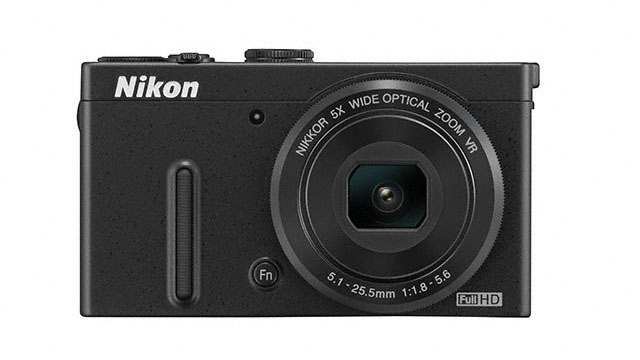Why you can trust TechRadar
We've been impressed by the image quality from the current crop of Nikon Coolpix compact cameras, so we had high hopes for the Nikon Coolpix P330 - especially given its size and convenience, we'd love for this to be a high performer too.
Happily, we can say that images from it are great, with bright, punchy colours and bags of detail. When the light is good, images are on a par with other premium compact cameras currently on the market, including those with larger sensors, such as the Sony RX100.
As the light drops, the camera's image stabilisation does struggle a little, and if you're intending to shoot handheld, you might find that you need to use higher ISO settings than you might generally prefer.
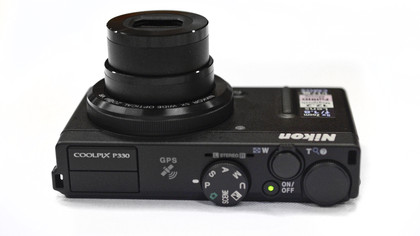
That said, image stabilisation at the far end of the 5x optical zoom is good, producing images that are free from blur (in good light). The digital zoom extends the reach of the Nikon P330 up to 10x. Images taken with this activated are reasonable, if not fantastic, offering flexibility should you really need to get closer to the subject.
When examining images at 100%, some image smoothing can be seen, but images viewed at normal printing and web sizes appear to contain a lot of detail, so this shouldn't be too much of a problem for the every day user.
Although there aren't any digital filters on the Nikon P330, those looking to get a little bit more creative can activate Picture Styles in the shooting menu. The good news when using these is that they can be activated while shooting in raw format, which is useful if you want a "clean" image at some point down the line.
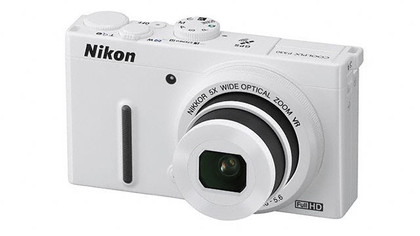
These Picture Styles are more limited than you might find on the Nikon 1 series of compact system cameras (CSCs) or Nikon DSLRs, but you still have the option to shoot monochrome (which also encompasses sepia and cyanotype).
You also have the option to customise Picture Styles, so for instance you might opt for a High Contrast Monochrome setting for dramatic shots.
Autofocusing speeds from the Nikon Coolpix P330, like other premium Coolpix compact cameras, can be a little slower than we'd like to see - occasionally hunting around for a few seconds before locking onto the subject. That said, it's generally accurate, and macro focusing is also very good, enabling you to get very close to the subject for a frame-filling shot.
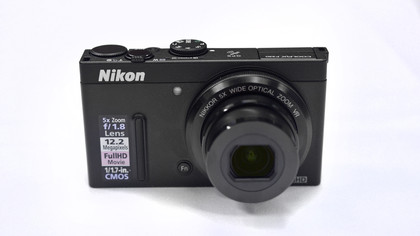
The Nikon Coolpix P330 is equipped with a lens boasting a maximum f/1.8 aperture. This means you can get creative with attractive shallow depth of field effects. The drop-off in focus is very pleasing and you really can achieve some beautiful results. Bokeh is also represented nicely, thanks to the lens's seven-blade iris diaphragm.
Images taken at higher sensitivities, such as ISO 800, show a good level of noise control, while also managing to retain some detail. Quality does start to deteriorate at the higher end of the spectrum, such as ISO 3200, but, thanks to the f/1.8 maximum aperture you might find it's rare you need to push the camera as high as this.
Since there's no viewfinder, and no way to attach one to the Nikon P330, you need to rely wholly on the screen for composition. Luckily, the camera's 921,00-dot screen has a good angle of view, helping if you need to shoot from slightly awkward angles. The lack of an articulating or tilting device means that self-portraits or over the head shots aren't quite so simple, though.
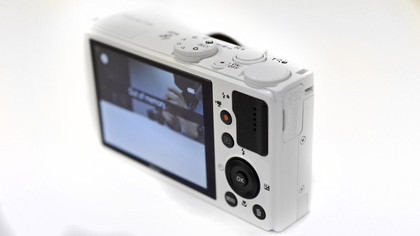
An anti-reflection coating and automatic brightness adjustment do a good job of keeping distracting glare to a minimum, except in the very brightest of sunlight.
Another problem that Nikon premium compacts seem to have is shot-to-shot times. The Nikon Coolpix P330, like the Nikon Coolpix A and the Nikon Coolpix P770, suffers from an unreasonably slow delay between shots, making capturing fairly fast-moving situations pretty difficult, and proving a little frustrating when you want to capture more than one image at a time.
Of course you can always switch to continuous shooting if you're really struggling, but then you may find that the processing time at the end of a burst is also an annoyance.
Current page: Performance
Prev Page Build quality and handling Next Page Image quality and resolutionAmy has been writing about cameras, photography and associated tech since 2009. Amy was once part of the photography testing team for Future Publishing working across TechRadar, Digital Camera, PhotoPlus, N Photo and Photography Week. For her photography, she has won awards and has been exhibited. She often partakes in unusual projects - including one intense year where she used a different camera every single day. Amy is currently the Features Editor at Amateur Photographer magazine, and in her increasingly little spare time works across a number of high-profile publications including Wired, Stuff, Digital Camera World, Expert Reviews, and just a little off-tangent, PetsRadar.
